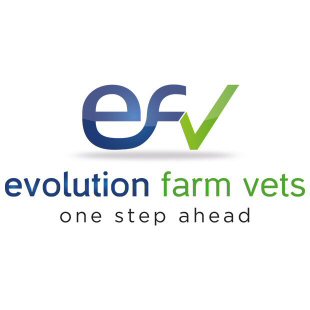Silage eye is an infection of the eye with Listeria monocytogenes. The bacteria causes an inflammation of the iris (iritis or uveitis) which distinguishes it from New Forest Eye, which is an inflammation of the conjunctiva (kerato-conjunctivitis). Listeria is ubiquitous and as such is found everywhere, but it is found in dangerous quantities in silage which has not fermented sufficiently to kill the bacteria. Often many animals in a herd will be affected, temporally associated with the feeding of a new batch of silage. Silage eye is most commonly seen in late Winter into spring, with a peak incidence in March.
Clinical signs
- profuse discharge from the eye, often overspilling and causing tear-staining on face
- cloudy discolouration of the eye surface, which may be associated with temporary blindness
- bulges of the iris
- cow unwilling to open eye or allow examination due to pain
Treatment
Note: a veterinary diagnosis should be sought before treatment if this is the first time you have seen silage eye. Systemic antibiotics have been shown to be more successful than topical preparations for silage eye. High levels of systemic antibiosis can be provided in the region of the eye using a subconjunctival technique. Some practitioners include dexamethasone in this injection.
Prevention
Big bale silage is more likely than clamp silage to contain Listeria. Use clamp silage if it is available. Repair damaged silage bales quickly and properly - the air penetration prevents fermentation. Give plenty of feeding space to avoid fighting which may cause damage to the eye which would allow infection.
